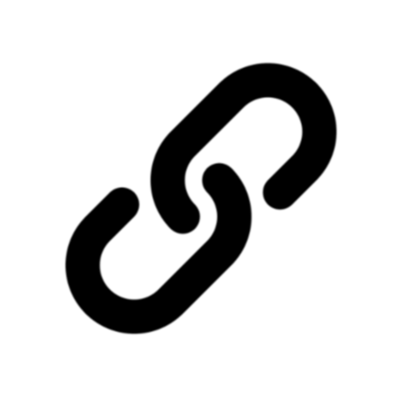App Note - Measuring Surface Roughness with WLI
Advantages of Measuring Surface Roughness with White Light Interferometry
The concept of measuring surface roughness originated
nearly a century ago as a means to prevent uncertainty
and disputes between manufacturers and buyers. Now,
it has become a common identifier used throughout
industry for validating manufacturing processes, confirming
adherence to both internal and regulatory specifications,
and guaranteeing quality and performance of end products.
Subjective judgements of quality based on naked eye
observation or fingertouch feel of surfaces has steadily been
replaced by unbiased metrics and well-defined formulas.
The concept of measuring surface roughness originated
nearly a century ago as a means to prevent uncertainty
and disputes between manufacturers and buyers. Now,
it has become a common identifier used throughout
industry for validating manufacturing processes, confirming
adherence to both internal and regulatory specifications,
and guaranteeing quality and performance of end products.
Subjective judgements of quality based on naked eye
observation or fingertouch feel of surfaces has steadily been
replaced by unbiased metrics and well-defined formulas.





